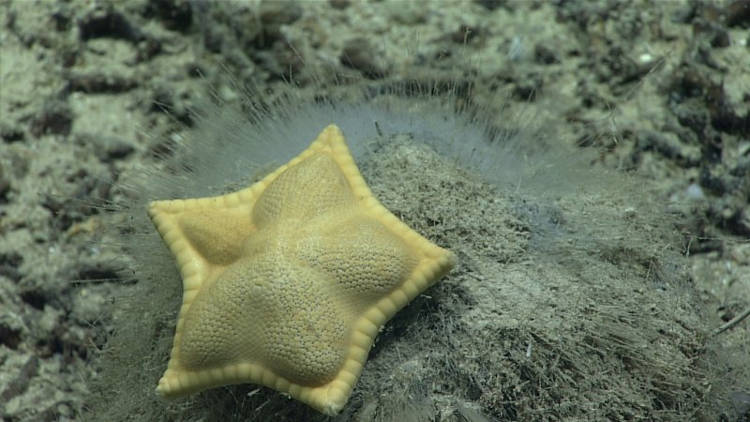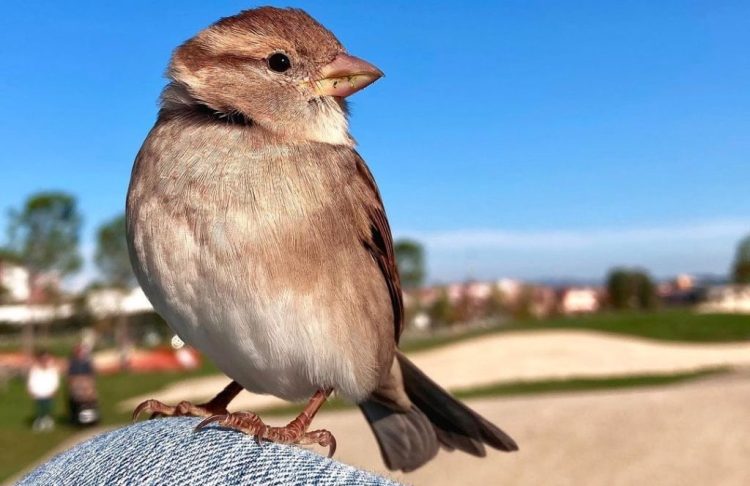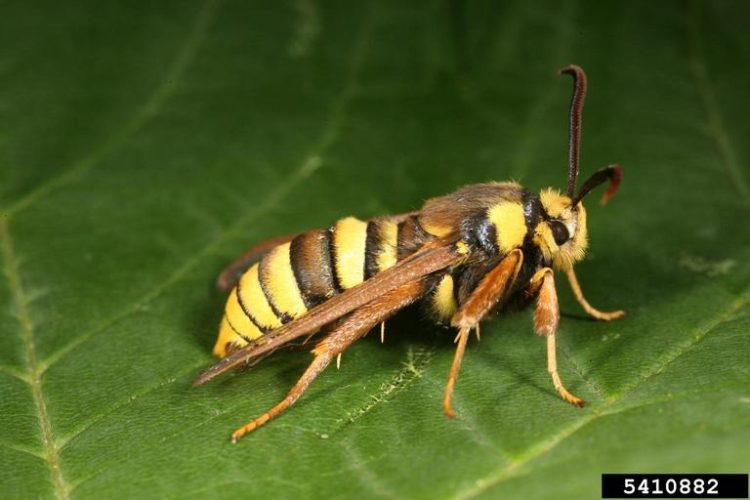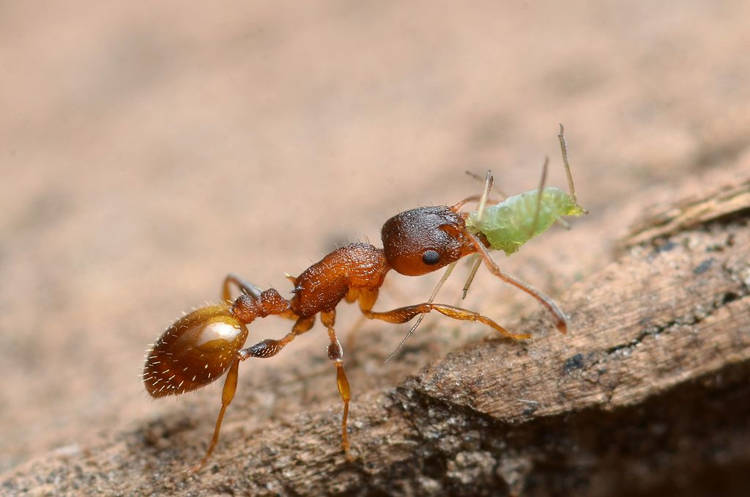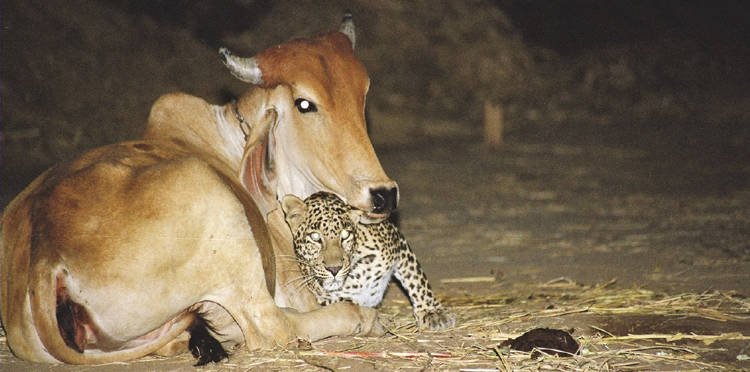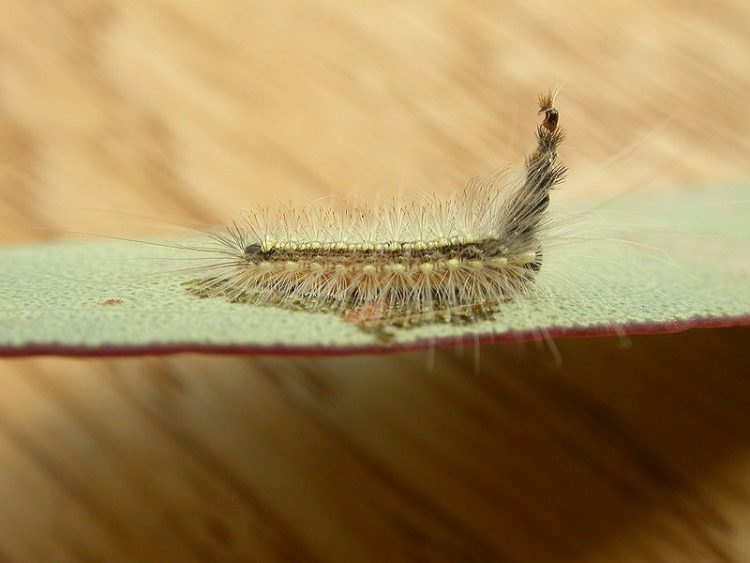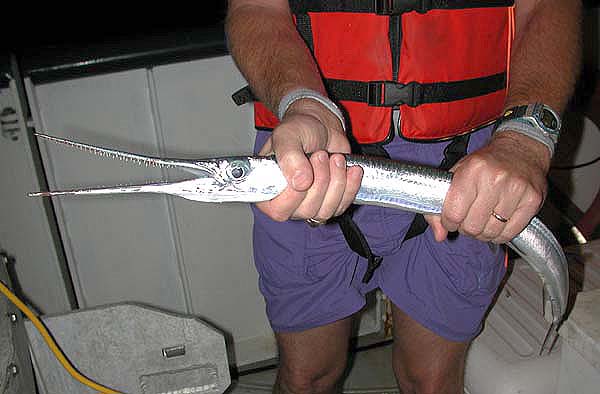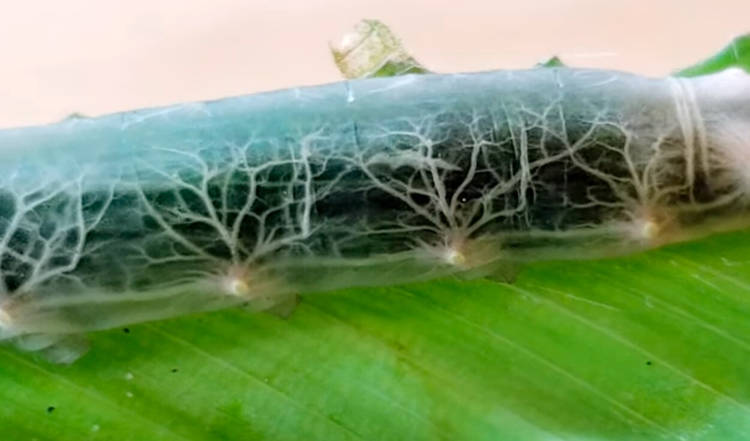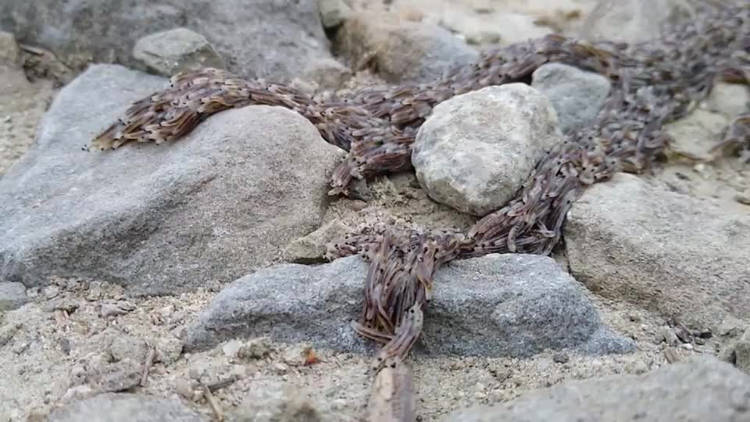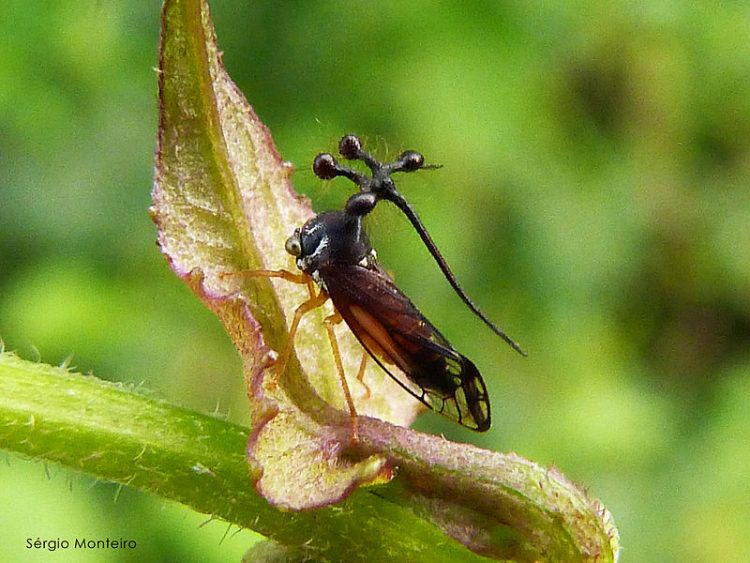The world’s oldest known wild bird is a Laysan albatross named Wisdom that biologists first identified and banded in 1956. She is now at least 70-years-old and just hatched another chick.
First banded in 1956, by biologist Chandler Robbins, who found her nest near a US navy base on the Midway Atoll that the world’s largest colony of albatross calls home, Wisdom has now outlived the man who discovered her, as well as all her male mates. Although cockatoos in captivity have been known to live nearly 100 years, for wild birds the odds of living over seven decades are extremely slim. Predators, food scarcity and, more recently, plastic waste, are all life-threatening factors that wild albatross deal with on a regular basis. And, yet, despite having the odds stacked against her, Wisdom has managed to live longer than any wild bird known to man.


